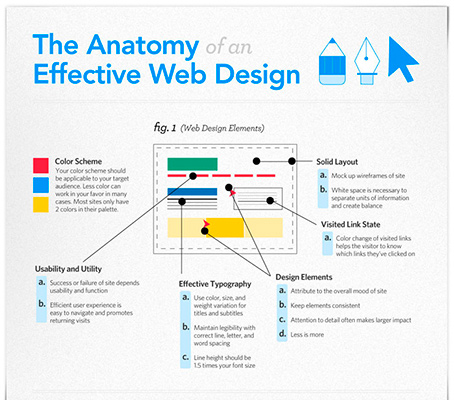Fascinated In Discovering Just How Internet Site Layout Has Evolved? Take A Trip Through The Change
Fascinated In Discovering Just How Internet Site Layout Has Evolved? Take A Trip Through The Change
Blog Article
Web Content By-Tobiasen Stender
In the past, sites were straightforward and focused on information. Navigation was straight, and layout was for desktop computers. Currently, user experience is key. Information guides designs for very easy navigating. Receptive formats fit various tools. Today, dark setting decreases stress, and minimalist menus improve navigating. Interactive functions engage users, and vibrant visuals stick out. AI combination boosts involvement. See how style has actually evolved to improve your on-line journey.
Early Days of Web Design
In the early days of web design, simplicity preponderated. https://www.google.com/maps/place/Moon+and+Owl+Marketing/@32.9757271,-106.5344695,1840583m/data=!3m1!1e3!4m6!3m5!1s0x864ddeaa4179705b:0x488d41d2cc6b9750!8m2!3d32.9757271!4d-97.5696258!16s%2Fg%2F11b6mpccrg?entry=ttu&g_ep=EgoyMDI1MDIxMS4wIKXMDSoJLDEwMjExNDUzSAFQAw%3D%3D were basic, with minimal colors, font styles, and layouts. The emphasis got on supplying info instead of showy visuals. Individuals accessed the internet with slow dial-up links, so rate and performance were vital.
Navigation menus were straightforward, usually situated at the top or side of the page. Sites were created for desktop computers, as mobile browsing wasn't yet widespread. Web content was king, and developers prioritized easy readability over intricate design aspects.
HTML was the key coding language made use of, and developers had to function within its constraints. Computer animations and interactive functions were marginal contrasted to today's requirements. Sites were static, with little vibrant content or customized user experiences.
Increase of User-Focused Layout
With the evolution of web site style, a change in the direction of user-focused design concepts has actually ended up being progressively prominent. Today, creating web sites that prioritize customer experience is vital for engaging visitors and attaining company objectives. User-focused design entails understanding the demands, preferences, and actions of your target market to tailor the website's layout, material, and includes accordingly.
Designers now carry out comprehensive study, such as individual surveys and usability testing, to collect insights and feedback directly from users. This data-driven strategy assists in developing intuitive navigating, clear calls-to-action, and visually attractive user interfaces that resonate with visitors. By positioning the individual at the facility of the layout process, web sites can supply a much more tailored and satisfying experience.
Receptive style has additionally become a crucial facet of user-focused design, making certain that sites are optimized for various tools and screen sizes. This flexibility enhances ease of access and use, catering to the varied means users communicate with web sites today. Basically, the increase of user-focused style symbolizes a change in the direction of producing electronic experiences that focus on the needs and expectations of completion user.
Modern Trends in Website Design
Discover the most recent patterns shaping web design today. One popular trend is dark setting style, providing a streamlined and modern appearance while minimizing eye stress in low-light environments. An additional key pattern is minimal navigation, simplifying menus and boosting user experience by focusing on essential elements. Integrating micro-interactions, such as animated buttons or scrolling results, can create a more engaging and interactive website. Responsive style continues to be vital, guaranteeing seamless user experiences throughout numerous devices. In related webpage , utilizing strong typography and unbalanced designs can add visual interest and draw attention to specific content.
Integrating AI innovation, like chatbots for client support or personalized referrals, boosts user engagement and streamlines processes. Ease of access has also come to be a considerable fad, with designers focusing on comprehensive style methods to satisfy diverse individual demands. Welcoming sustainability by maximizing web site performance for speed and effectiveness is another emerging pattern in web design. Working together with user comments and data analytics to iterate and enhance layout continuously is essential for staying pertinent in the ever-evolving digital landscape. By welcoming these modern trends, you can produce a visually attractive, easy to use internet site that reverberates with your audience.
Final thought
As you reflect on the evolution of internet site design from the very early days to currently, you can see just how user-focused layout has actually come to be the driving force behind contemporary fads.
Embrace the journey of change and adaptation in web design, constantly maintaining the customer experience at the center.
Remain existing with the current fads and modern technologies, and never ever stop progressing your technique to produce visually spectacular and user-friendly web sites.
Develop, adapt, and produce - the future of web design is in your hands.
